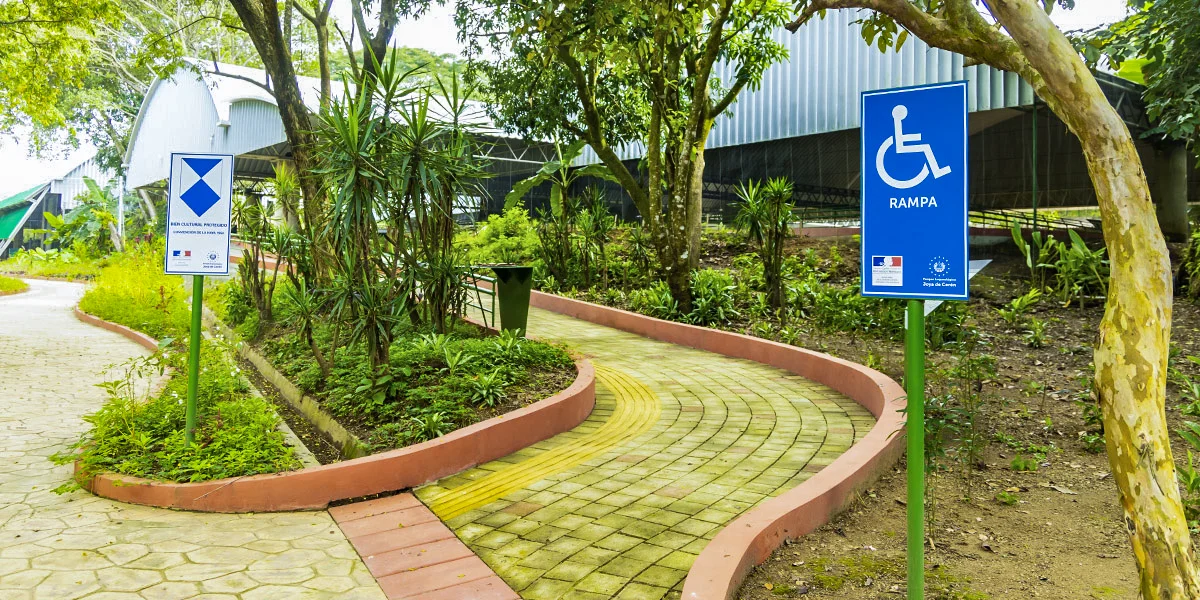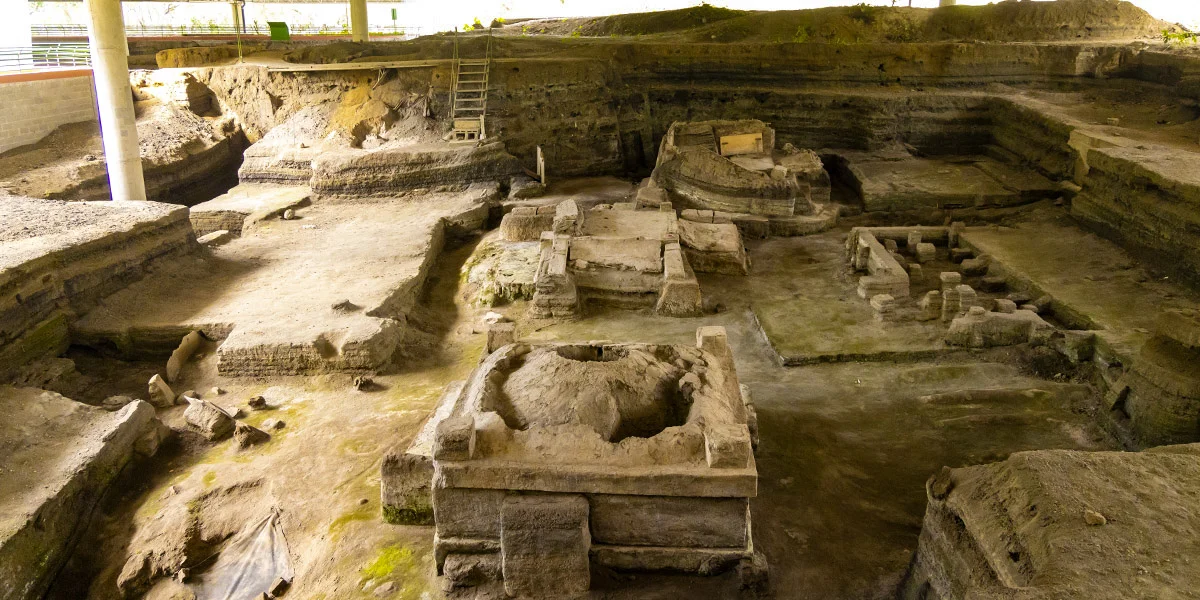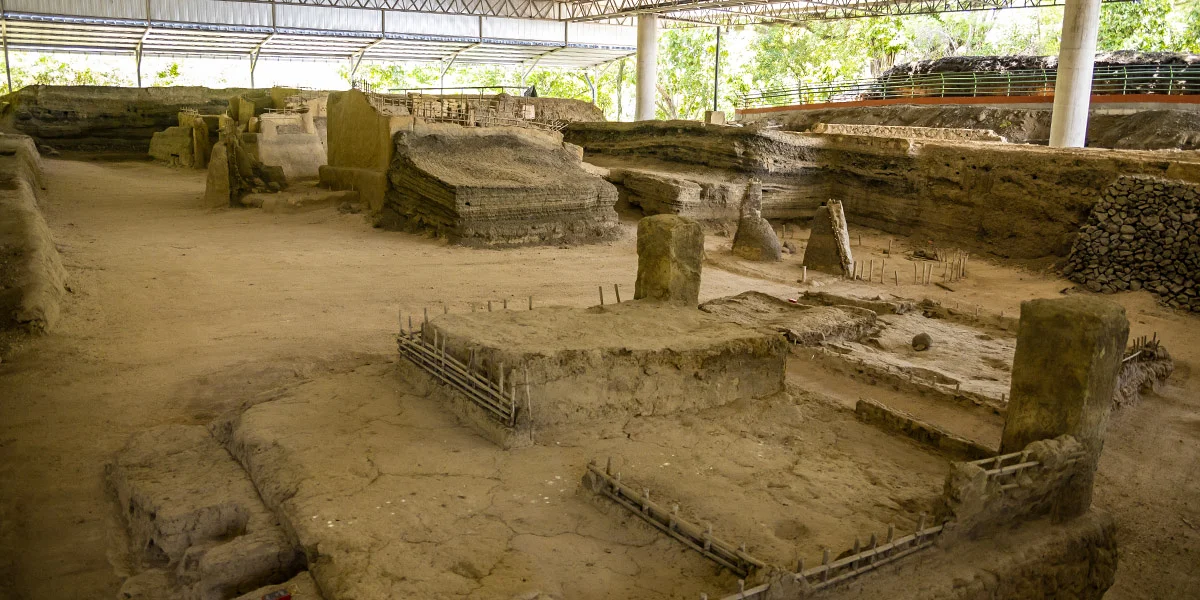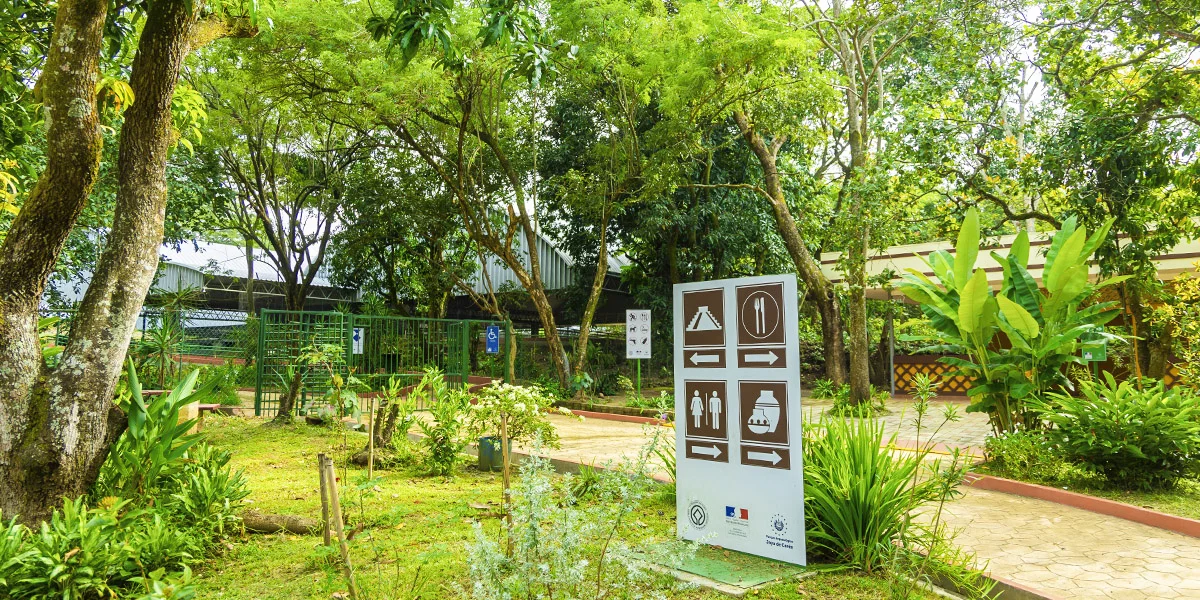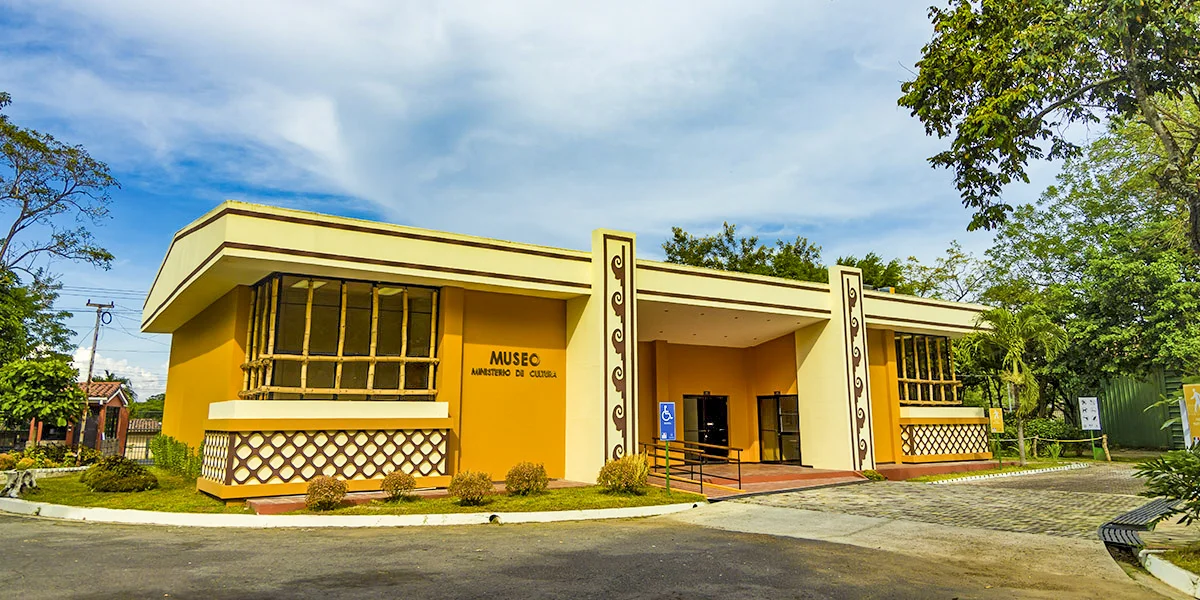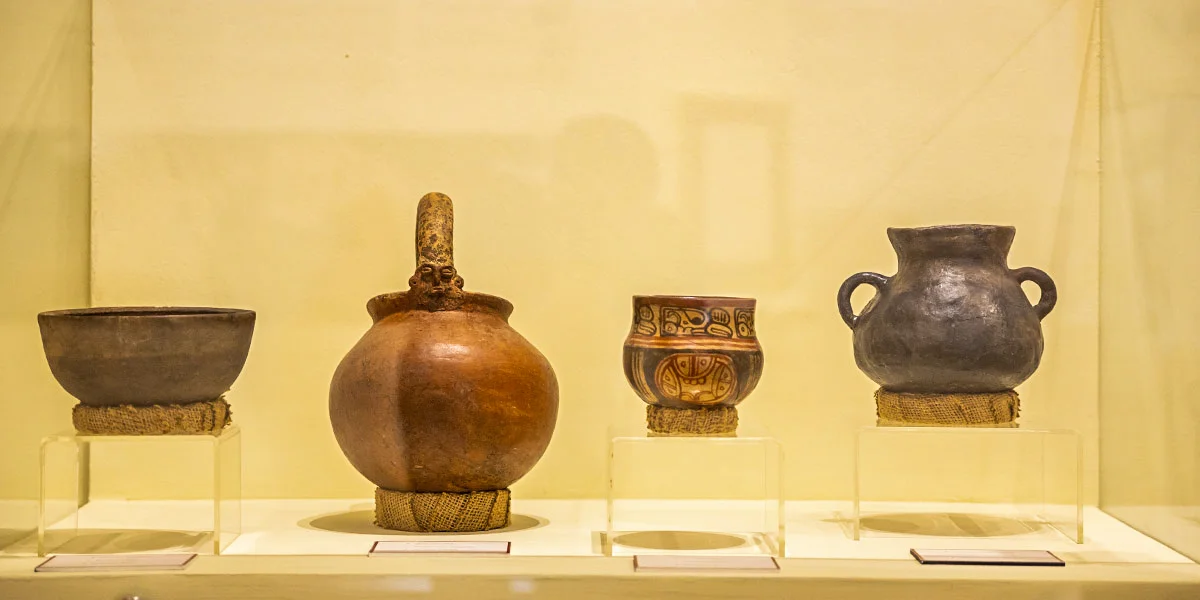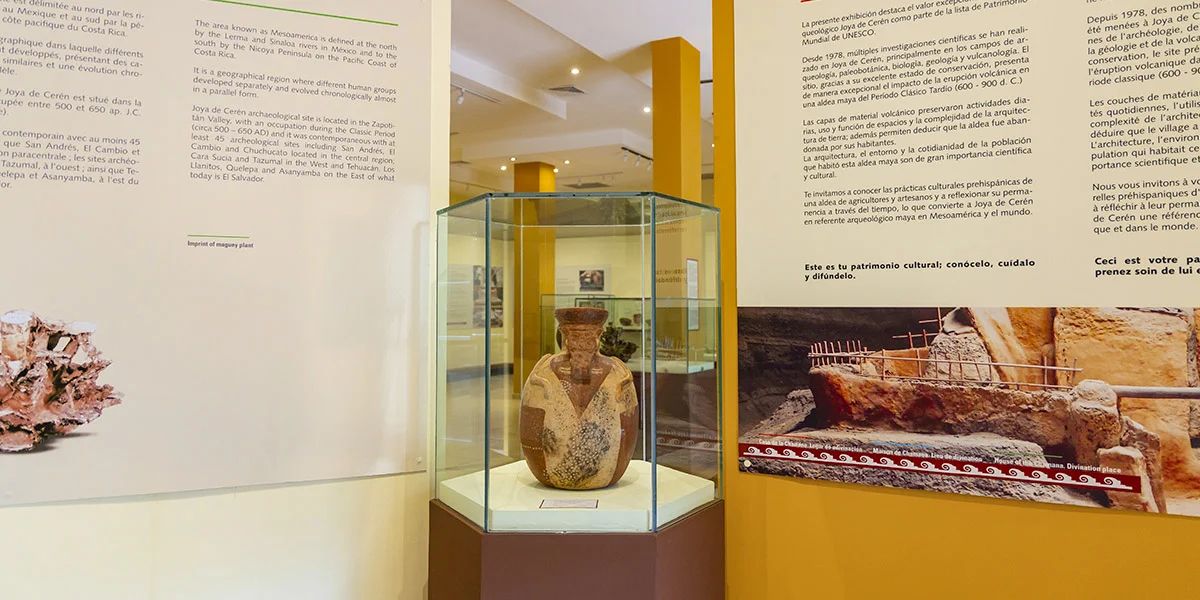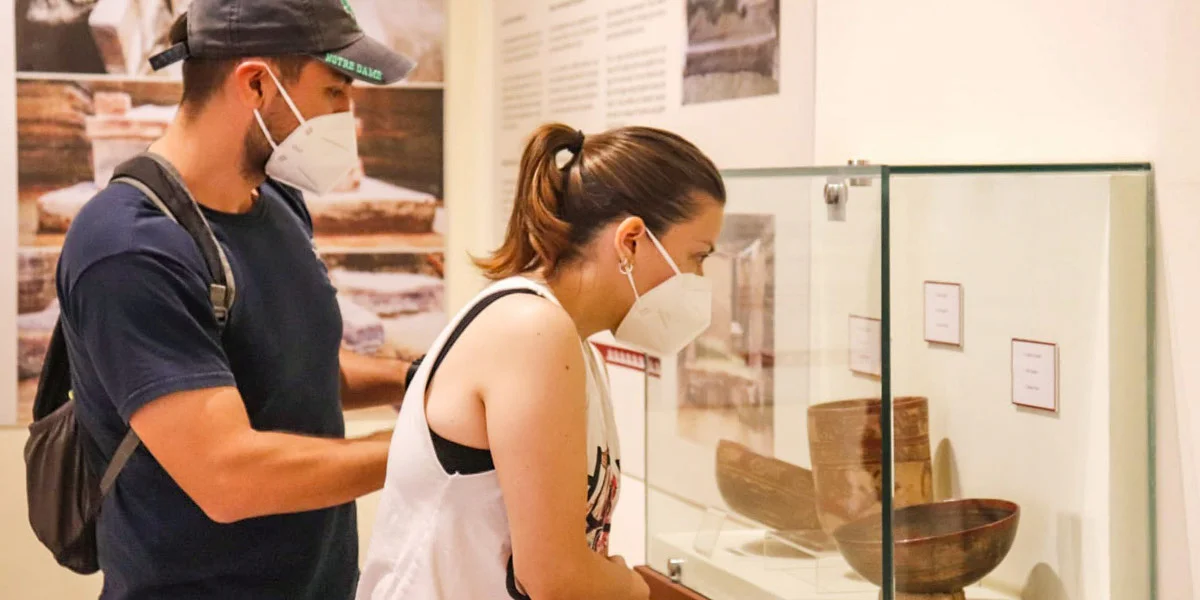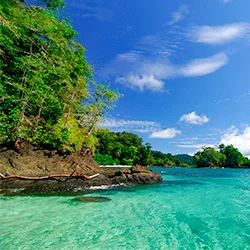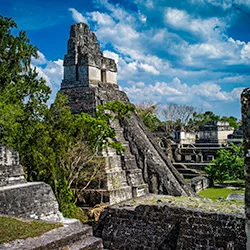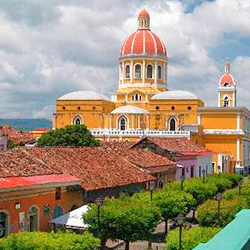The Joya de Cerén Archaeological Park preserves the memory of a pre-Hispanic settlement with an exceptional character. Due to the degree of conservation of the structures it is possible to make interpretations through various multidisciplinary studies such as archeology, anthropology or botany.
Joya de Cerén was discovered in 1976, when a tractor was removing dirt to build silos that would be used to store grains. While removing dirt from a hill, the tractor discovered part of a house. Fortunately, Dr. Payson Sheets of the University of Colorado investigated this house shortly thereafter and determined that it was at least 1,400 years old, and has since been protected and studied. The park was created on June 19, 1993, and the current building was inaugurated on December 12, 2003.
Declared by UNESCO a World Heritage Site in 1993, Joya de Cerén provides insight into the daily life of a Mayan farming village from 1,400 years ago (7th century), and is the only one known in El Salvador. The site consisted of a small farm that was buried by five meters of volcanic ash during the eruption of the Caldera Lagoon, for what has been called the New Pompeii, and the Pompeii of the Americas. Its state of conservation is unbelievable.
GEOPOSITION
OTROS LUGARES DE INTERÉS QUE TE PUEDEN INTERESAR
San José
Coiba National Park
Pink Zone
OTRAS FORMAS DE VIVIR CENTROAMÉRICA
TOURS RECOMENDADOS
Mayan route
Discover the most important pre-Columbian archaeological sites of El Salvador, Honduras, and Guatemala in just six days.
The Archaeologist
Discover Antigua Guatemala and the most important Mayan sites of Guatemala, Honduras and Belize.
Colorful Central America
Travel Central America from North to South
Belize and Guatemala II
Enjoy the best all-inclusive hotels in Guatemala and Belize.
Colonial cities, Tropical Forests, and Volcanoes
You will enjoy visiting colonial cities, volcanoes, Lake Xolotlán and the National Parks of Cerro Azul Meambar, and the Masaya Volcano.

